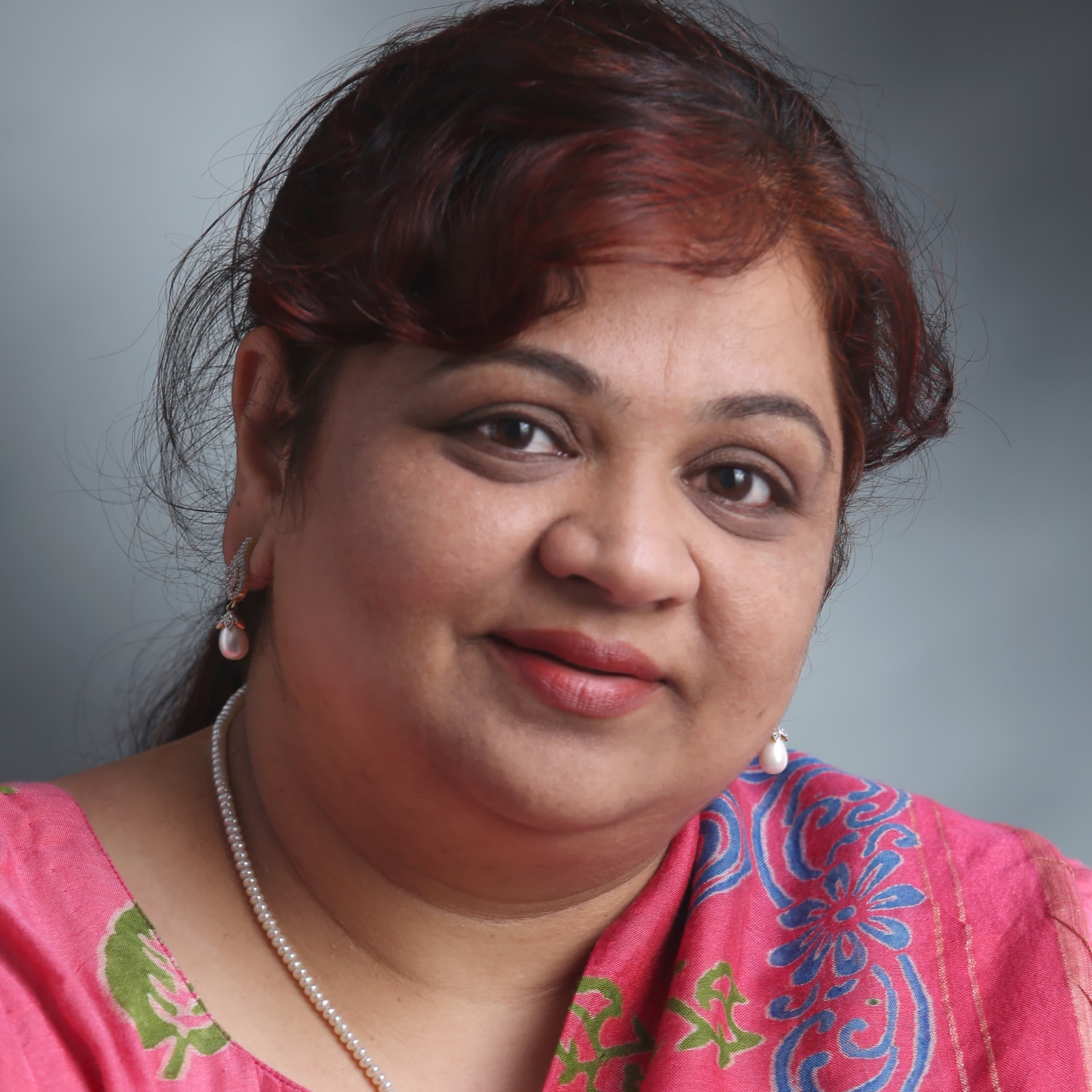Dr. Rao offers Ayurveda consultations to men, women and children of all age groups for :

Thousands of years ago the Indian sages received the fundamentals of Ayurveda. It is regarded as the Upaveda or sub-scripture of the Athrva-veda. Origin of Ayurveda is attributed to Dhanvantari, the physician to the gods as per Hindu mythology. Dhanvantari received it from Brahma. It is believed from the astronomical records in ancient Vedic texts that Ayurveda, was in practice even before 4000 BC. Hence, it is evident that Ayurveda was very mature and predominant in India thousands of years ago.
The most important Ayurvedic texts are the Charaka Samhita, Susruta samhita and Ashtanga Hridayam . These texts analyze the human body in terms of earth, water, fire, air, and ether as well as the three energy channels (Tridosha : Kapha, Pitta, Vata roughly translated as – water, fire and air).
Ayurveda has two main goals. Preventive medicine is to protect and enhance the health of a healthy person and to cure the disease of a sick person.